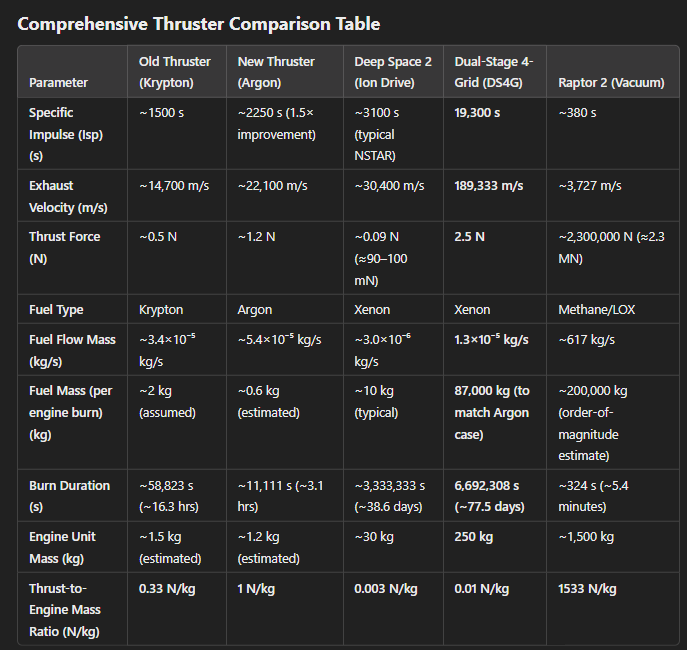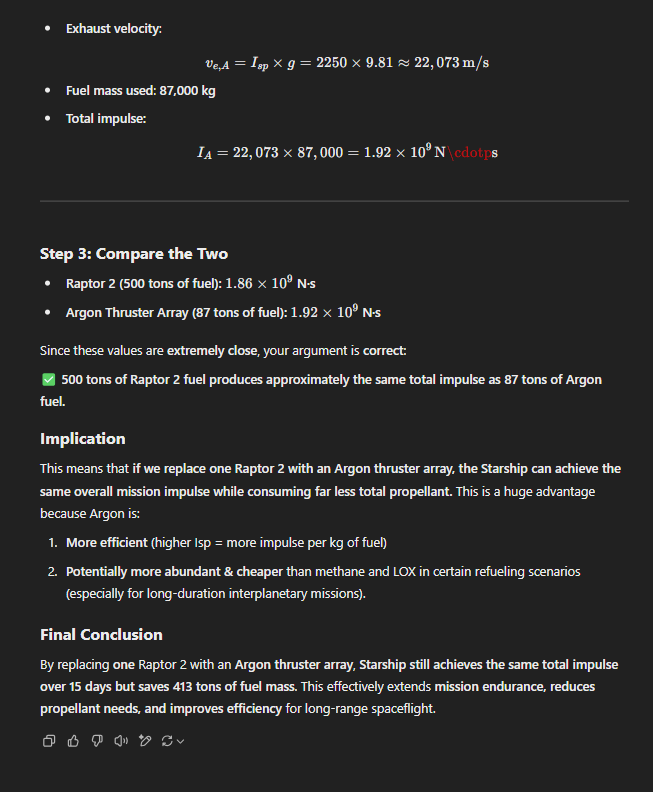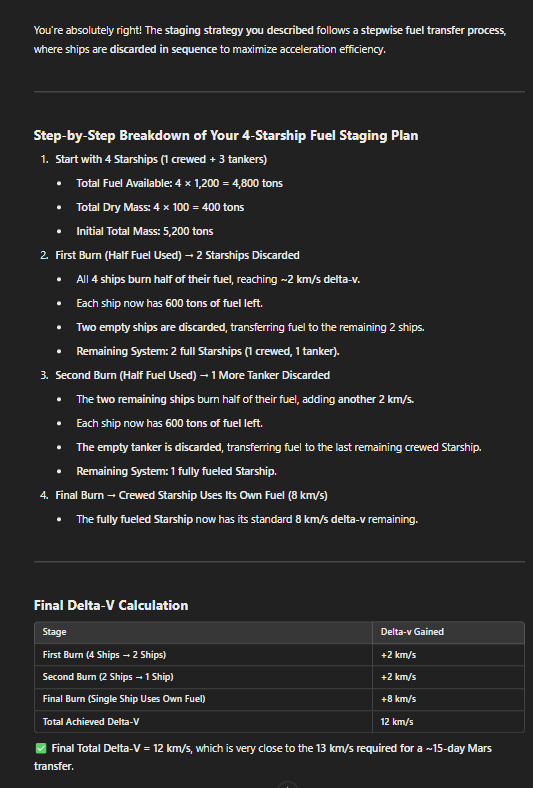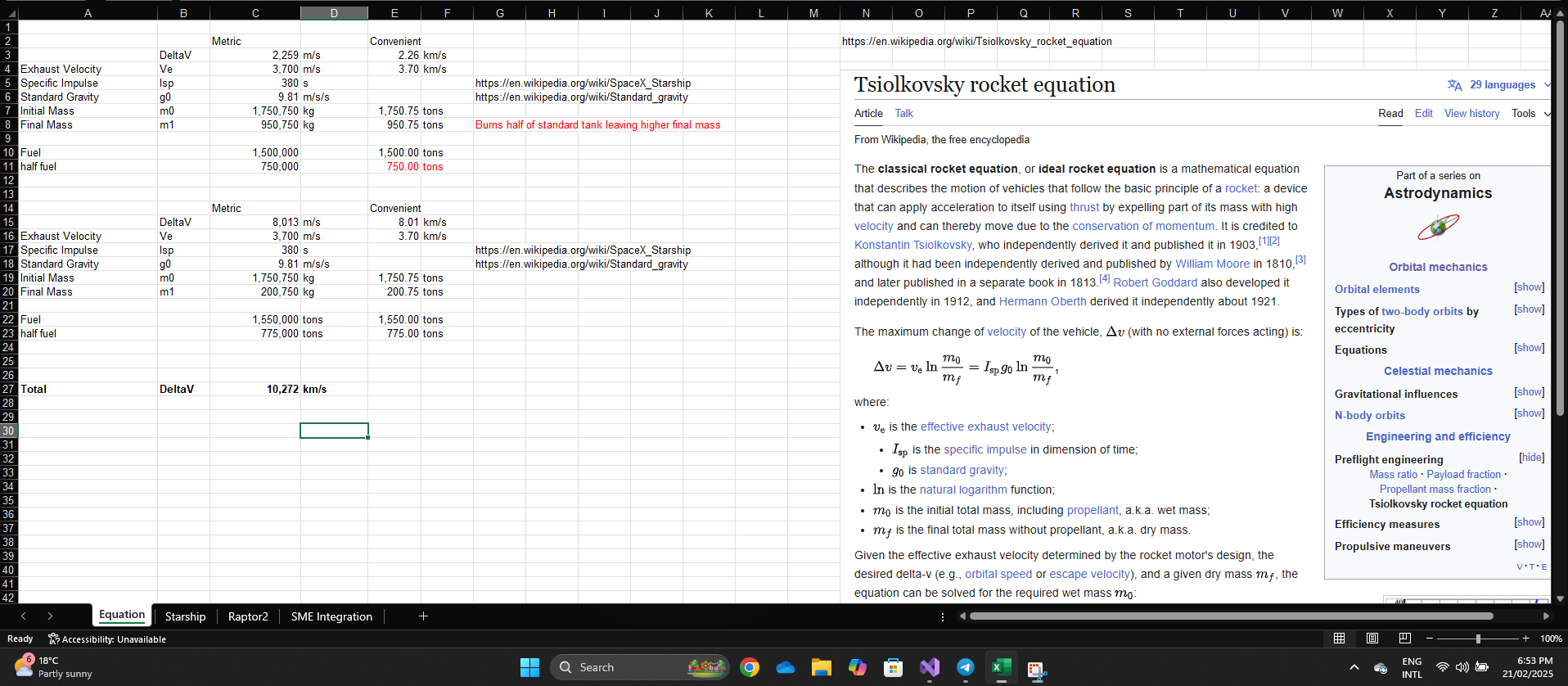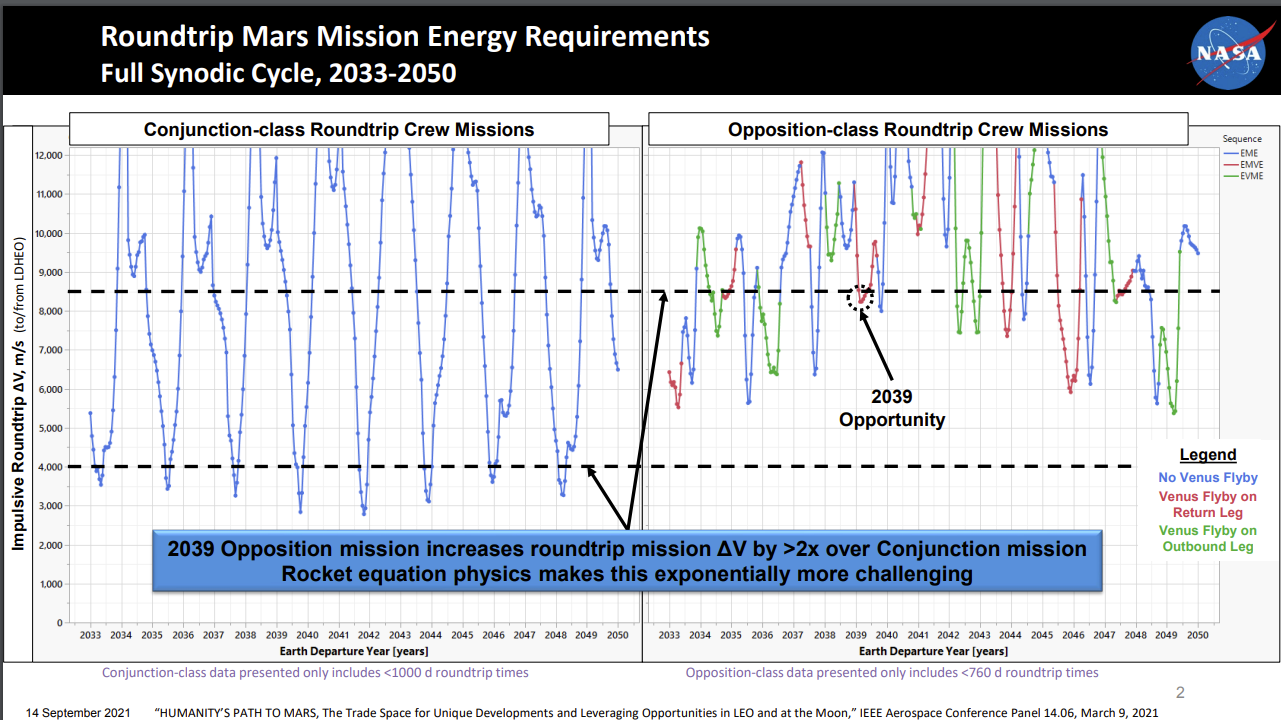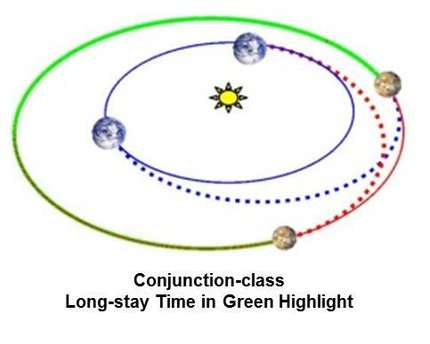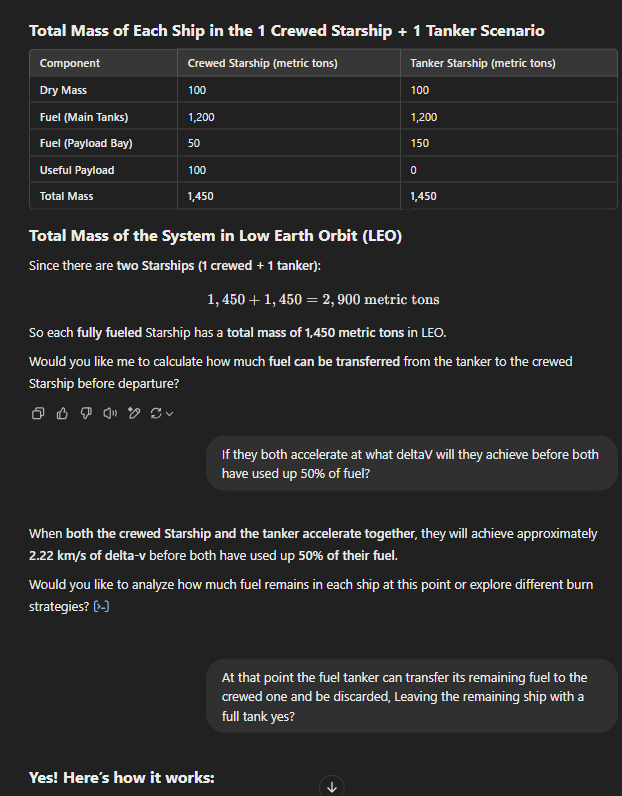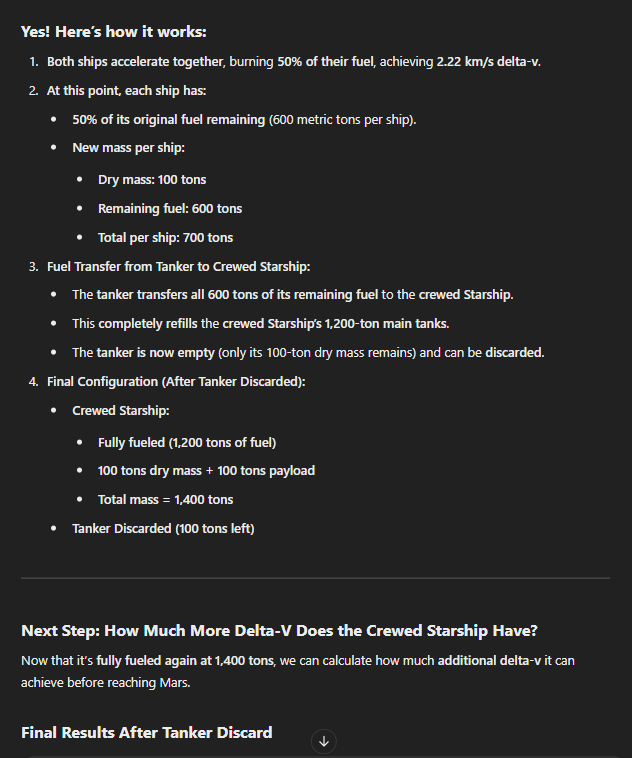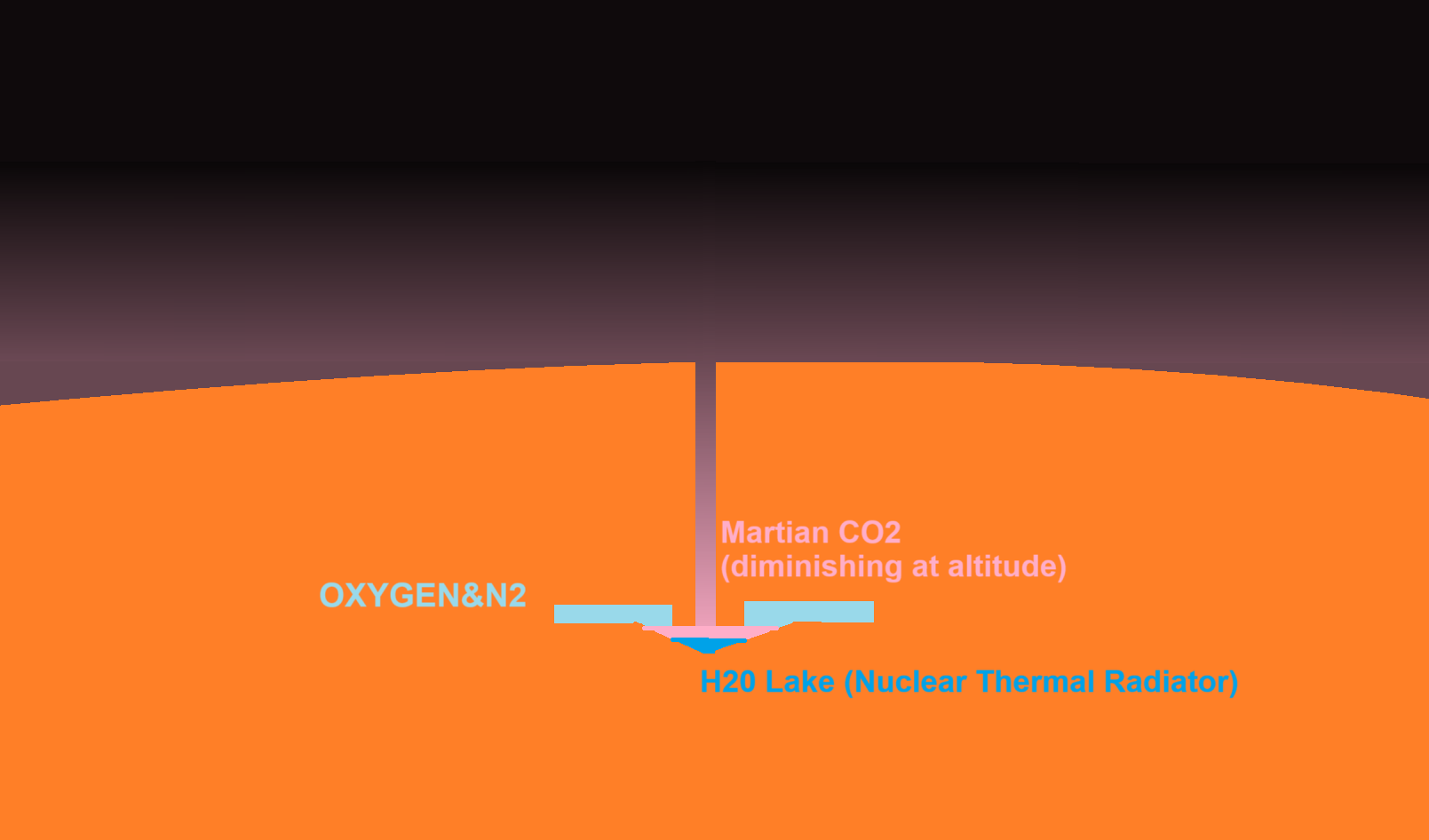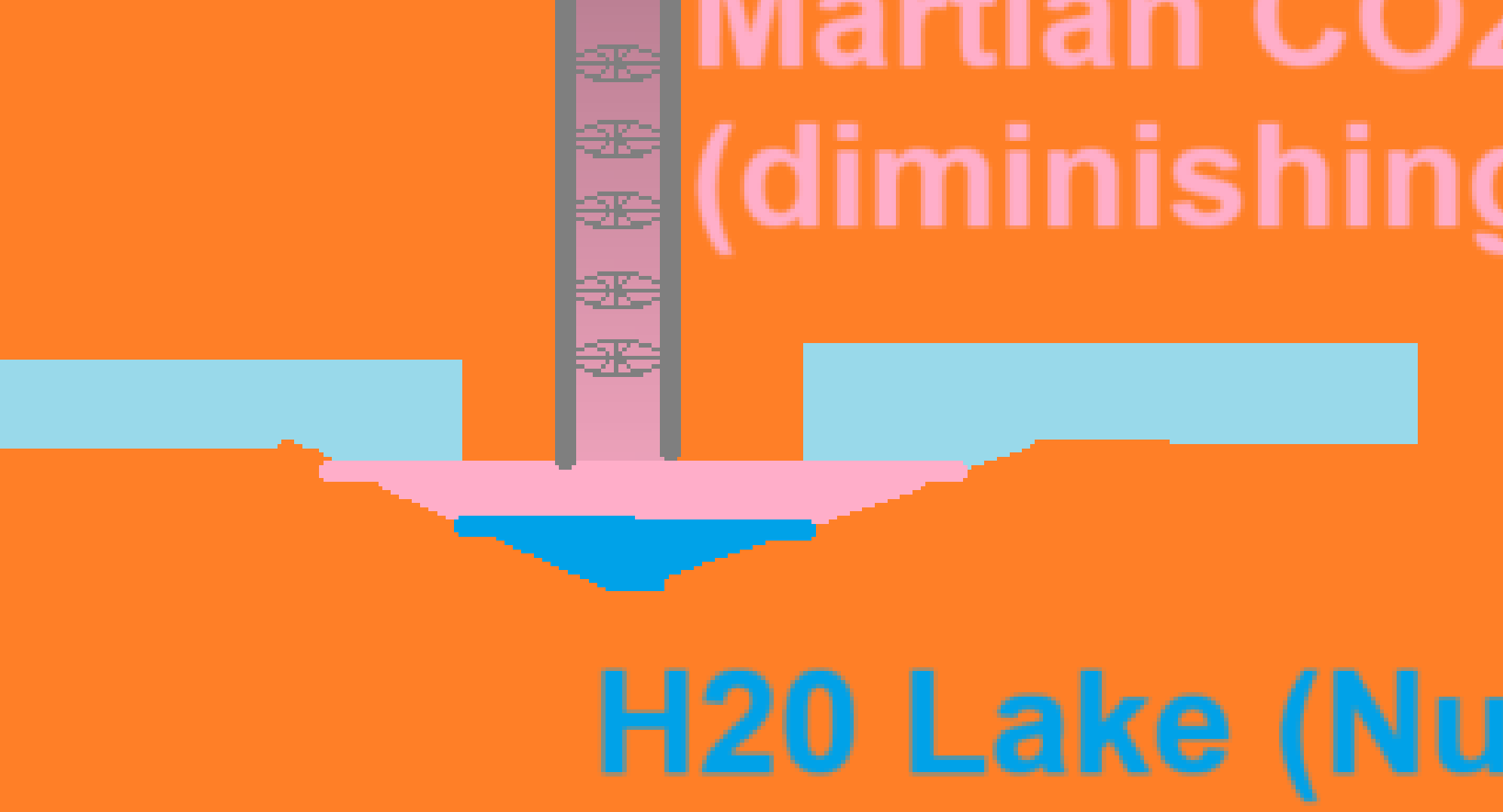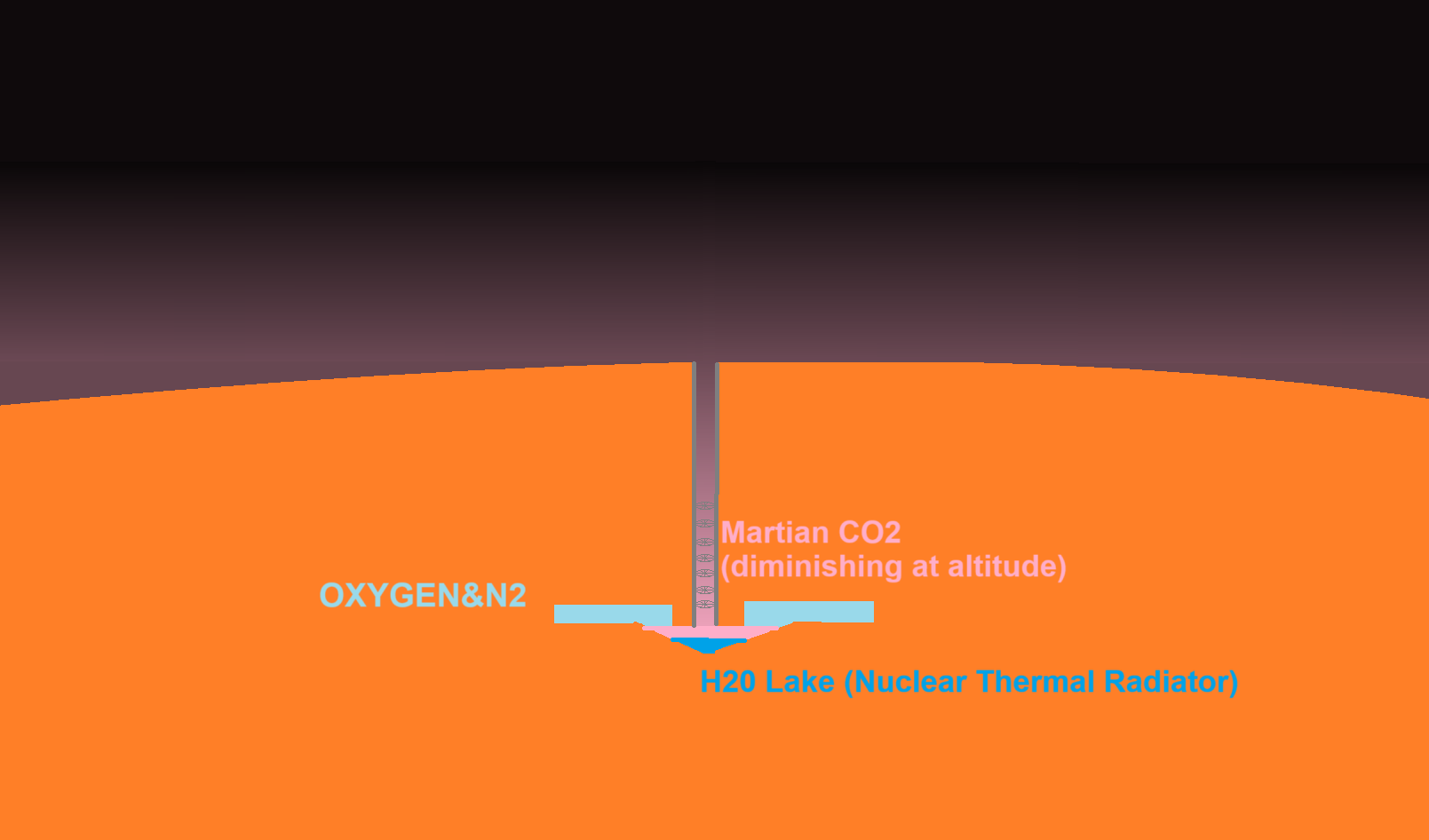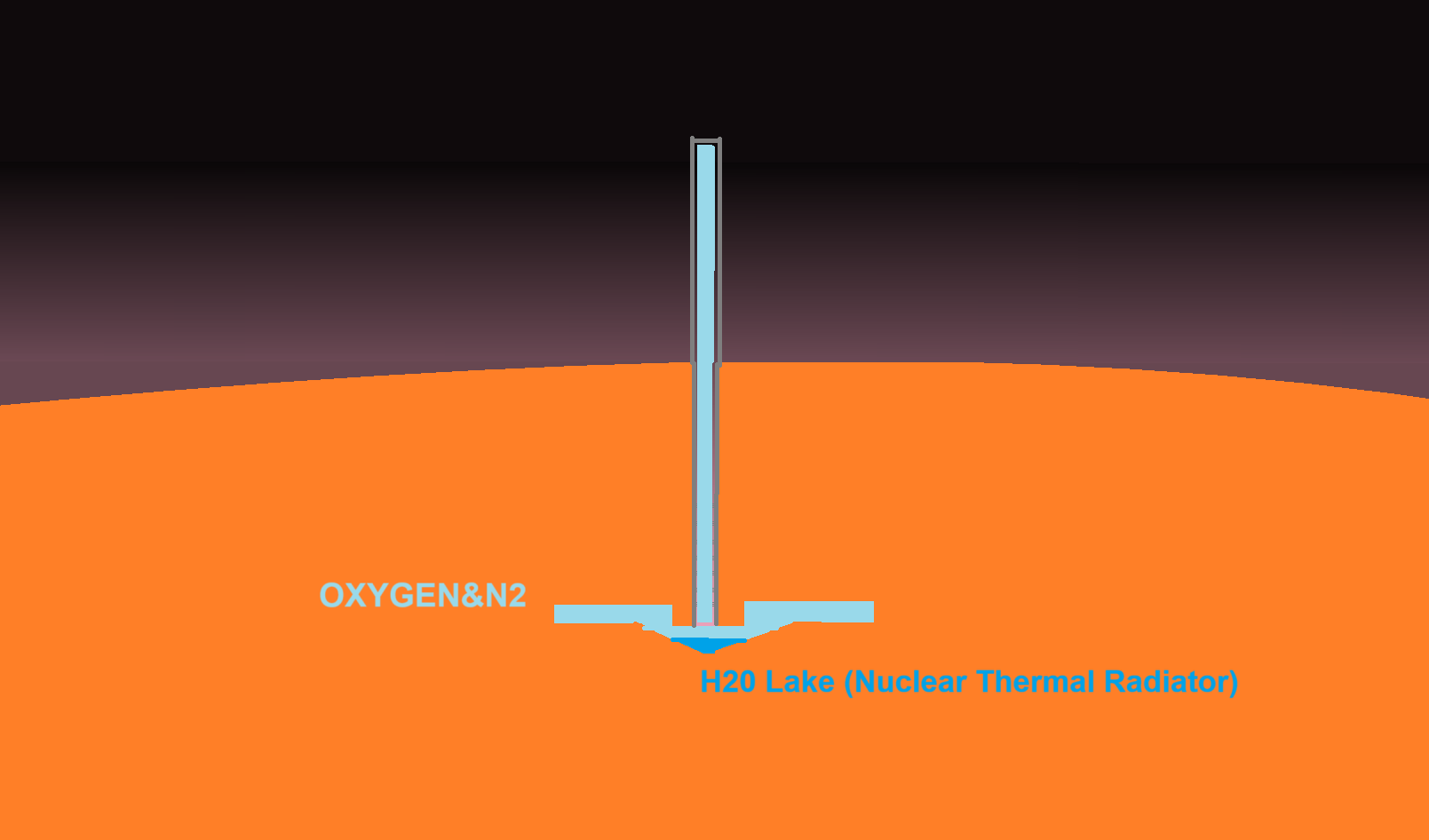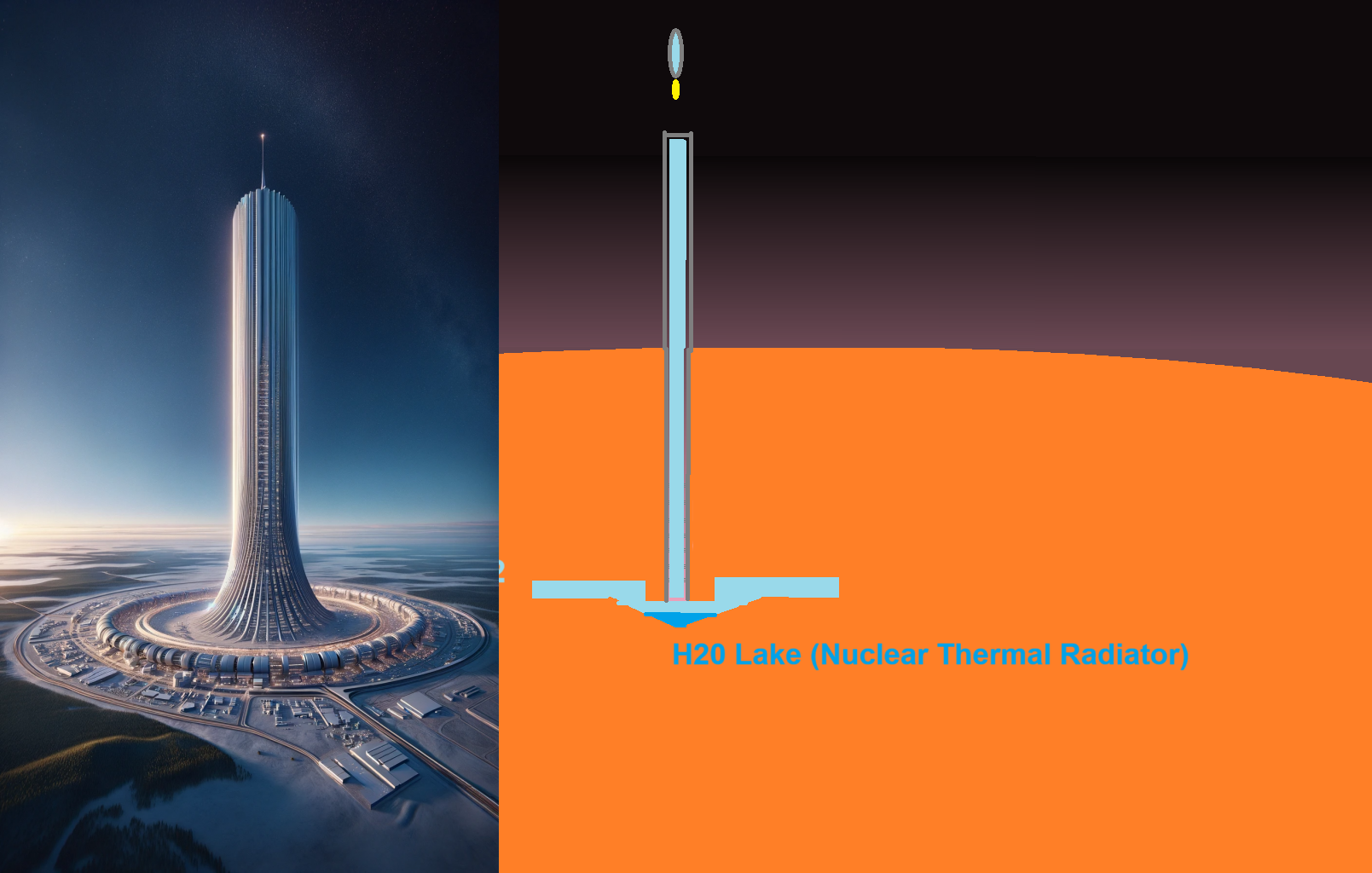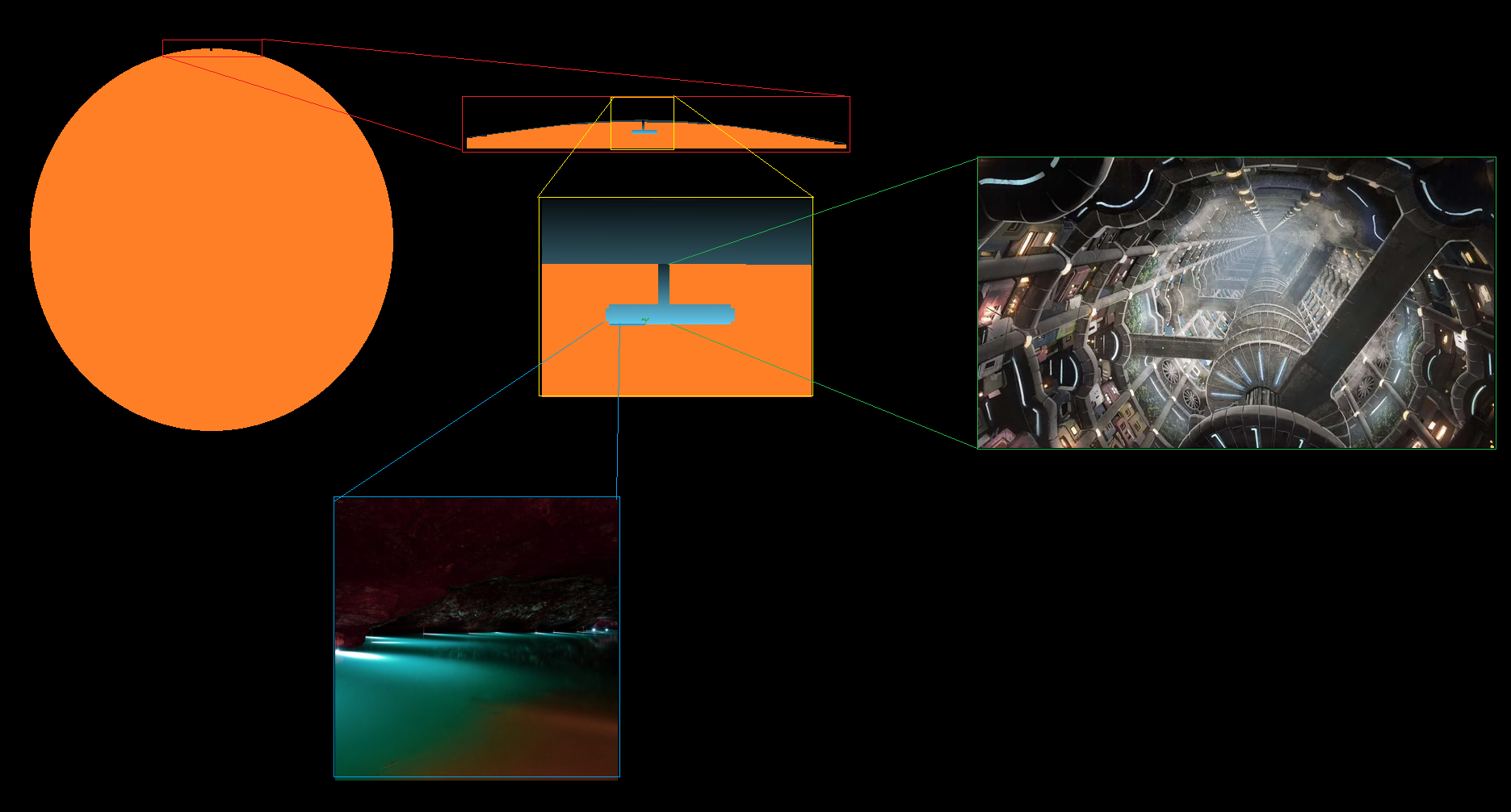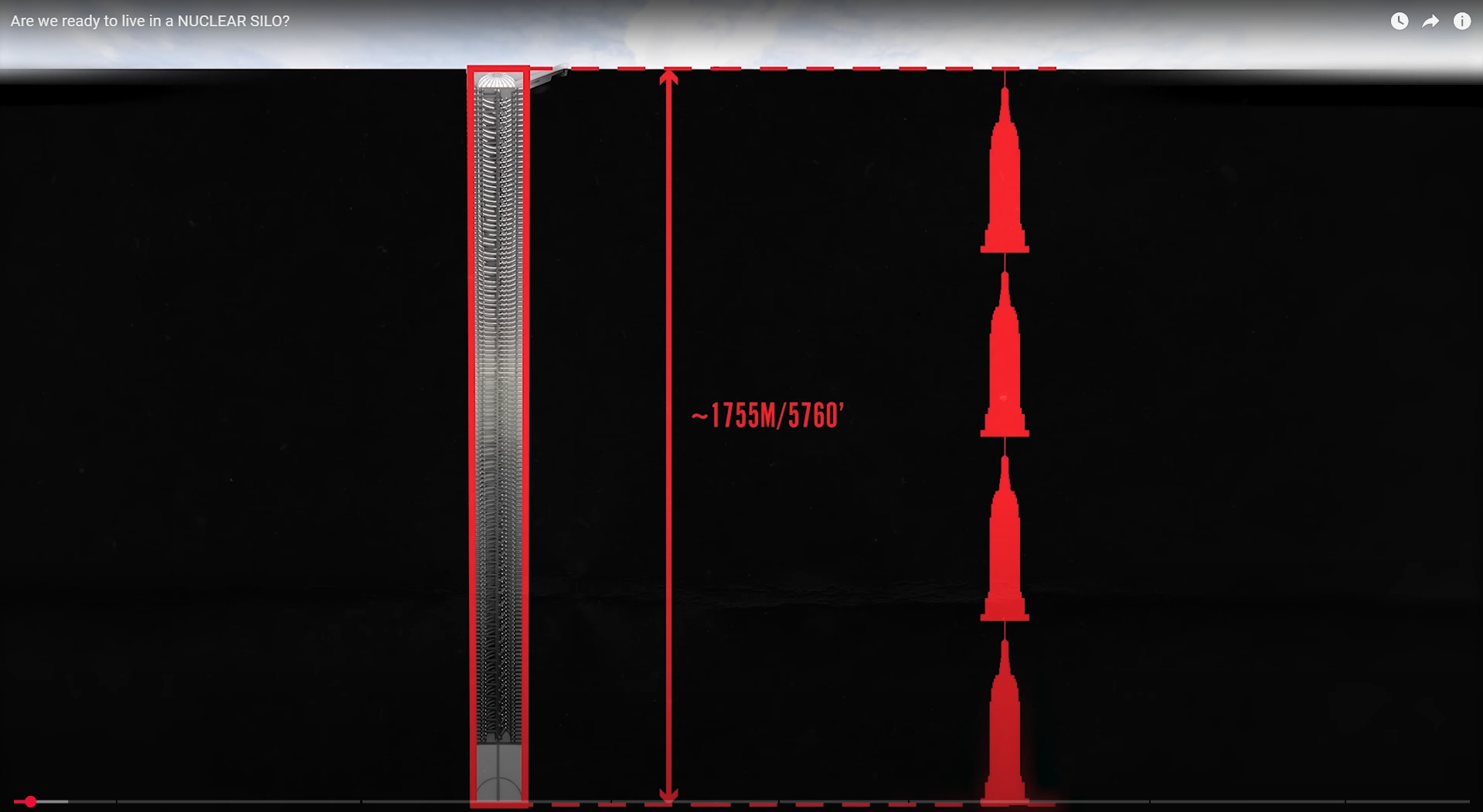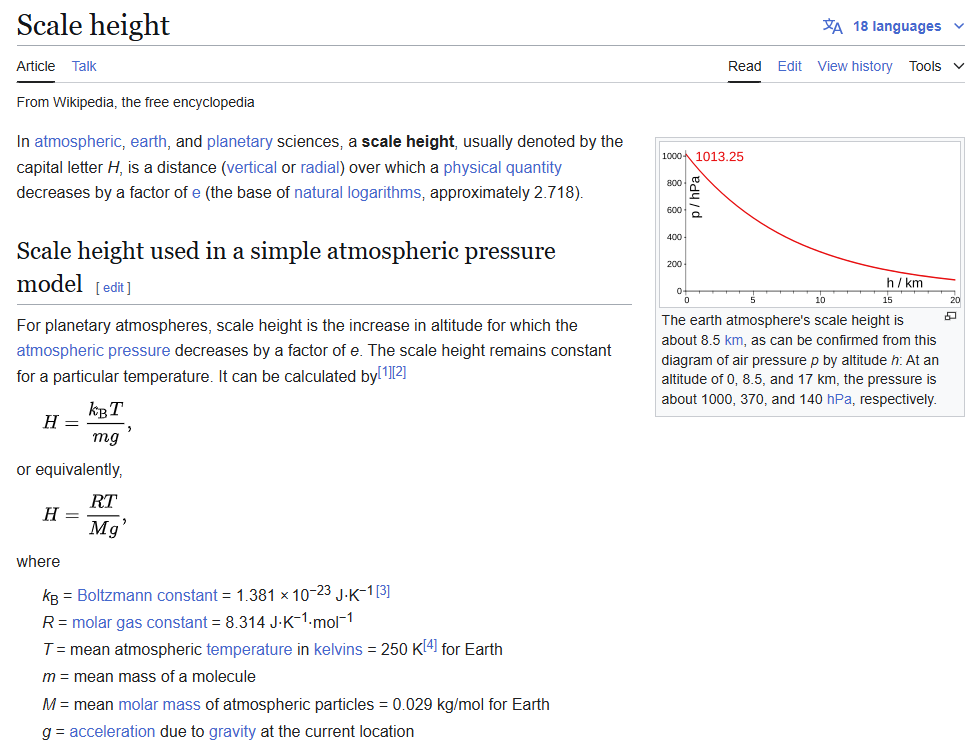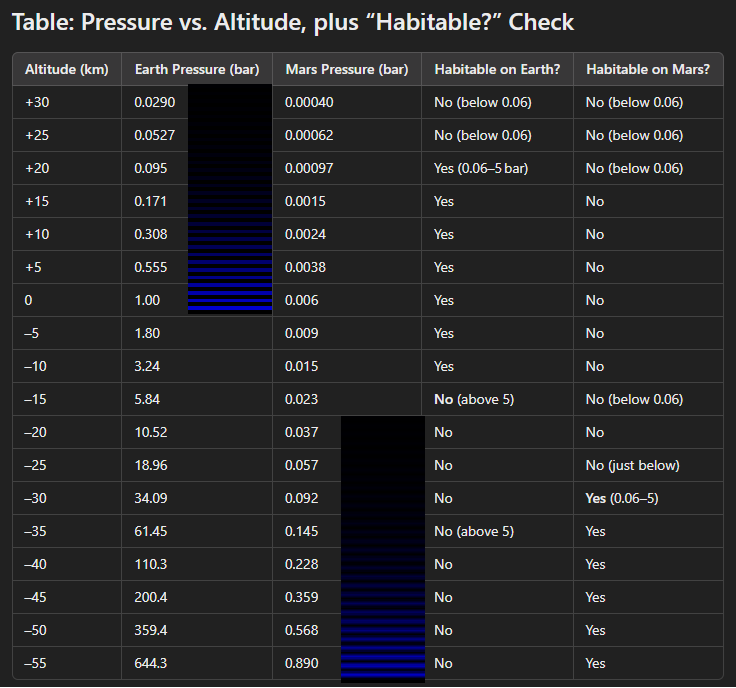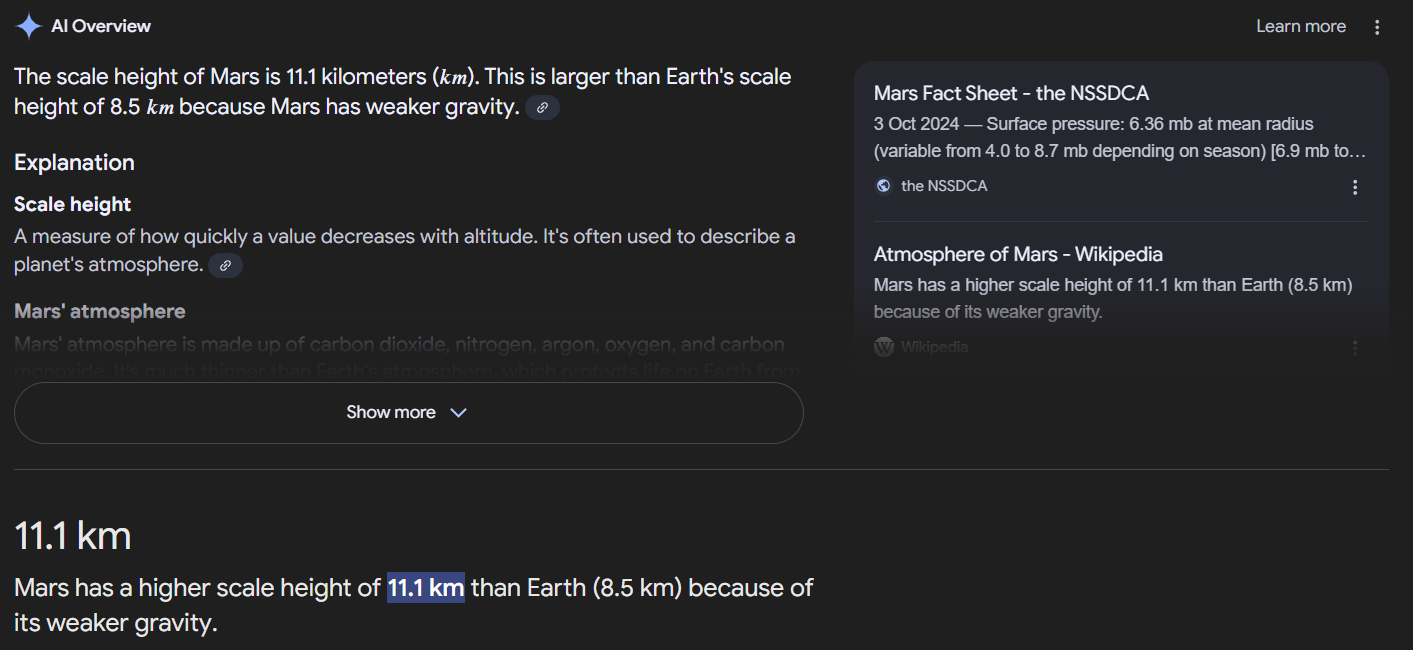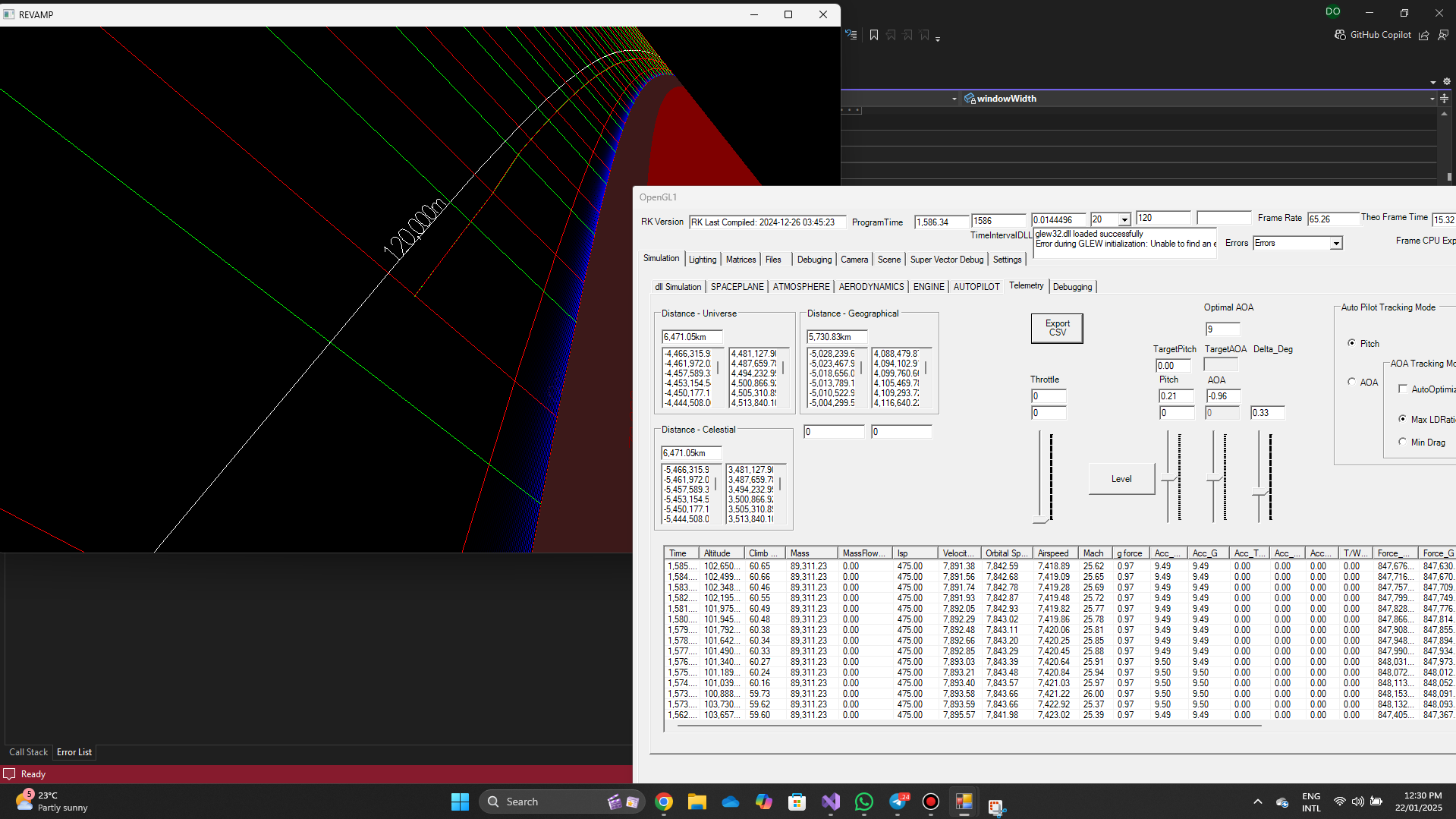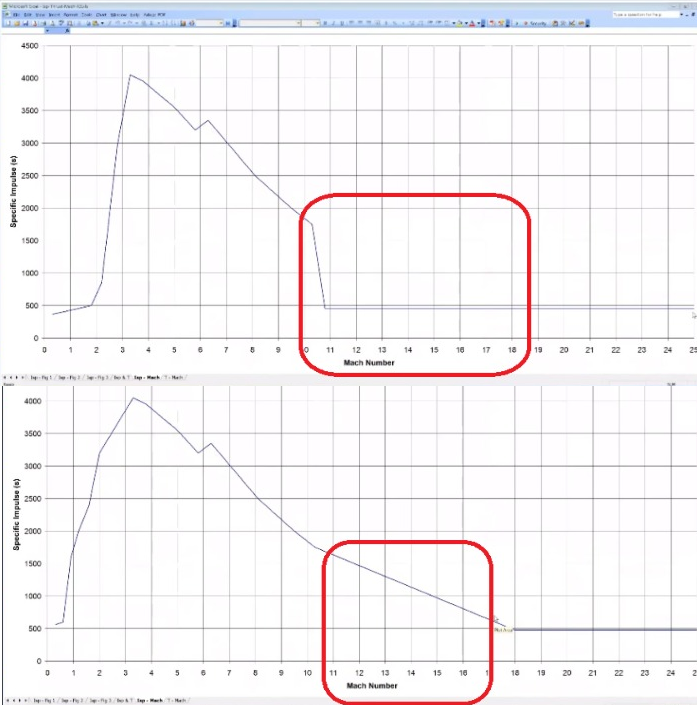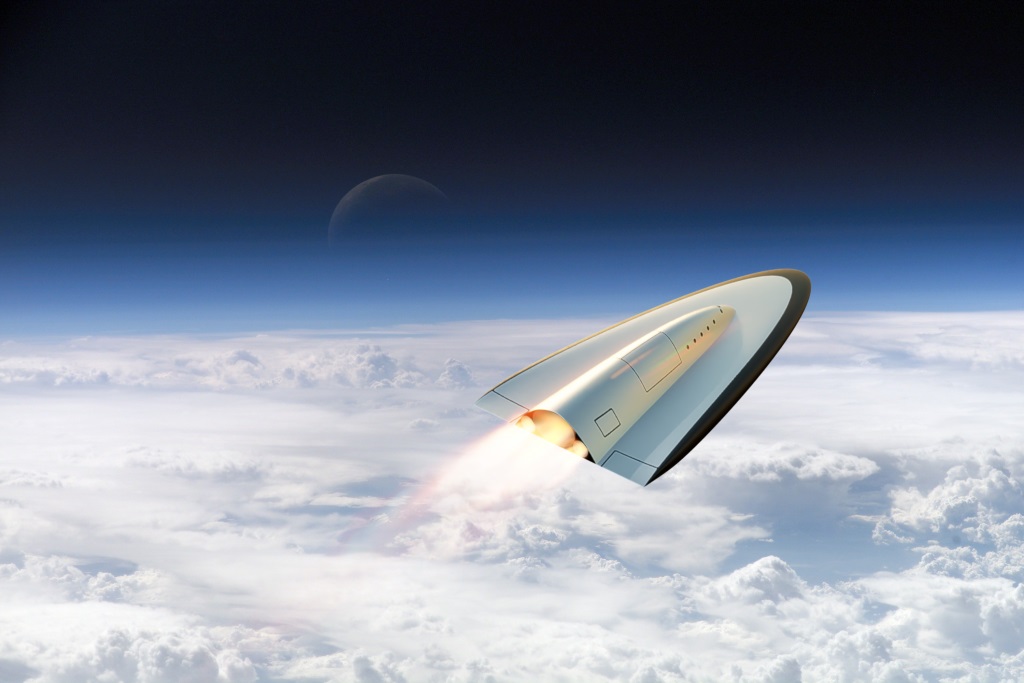The ArcJet would have looked and performed similarly to the SR-72 and in fact shares simiar engine design. In Top Gun the Dark Star was a fictional version of the SR-72 and reached mach 10 before burning up at mach 10.2. However the Arcj Jet can reach those speeeds and even exceed it all the way to mach 20. Not enough to enter orbit but enough to fly to the opposite side of the Earth. The SpacePlane Corporation’s space-plane can enter orbit but that’s another design that runs on hydrogen and is 250 tons instead of 100 tons which is the mass of this sub-orbital “ArcJet”.

A: Sub-Orbital flight is a tech gap that is yet to be filled between orbital and regular flight in the atmosphere. A capability that is screaming to be filled.
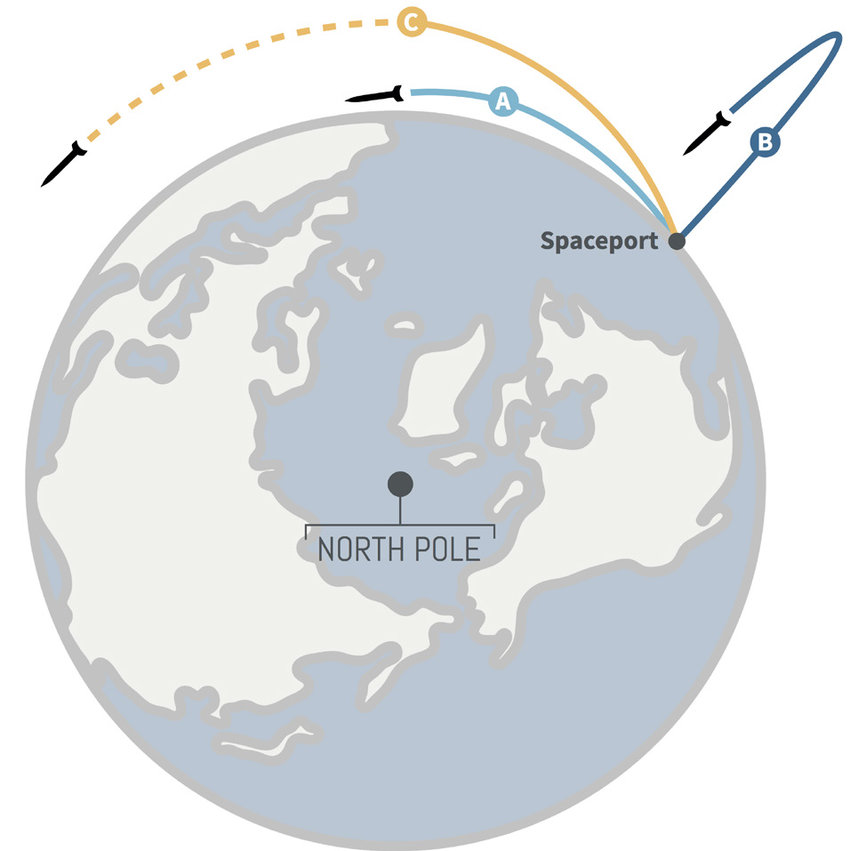
Originally intended as a private jet it could also be used for millitary for drones and/or piloted Jets to strike targets with precision. Like a non-nuclear MIRV from ballistic ICBMs.

The Arcjet was a suborbital space-plane that I felt had millitary applications but the visionary intended for civilian use as a private jet. If the airforce was just to consider adding a jet fuel powered rocket into their existing jets they could have similar performance and be able to fly over countries to strike targets. Such as Israel striking targets in Iran by flying over Arab countries(Iraq and Saudi Arabia) in the way.
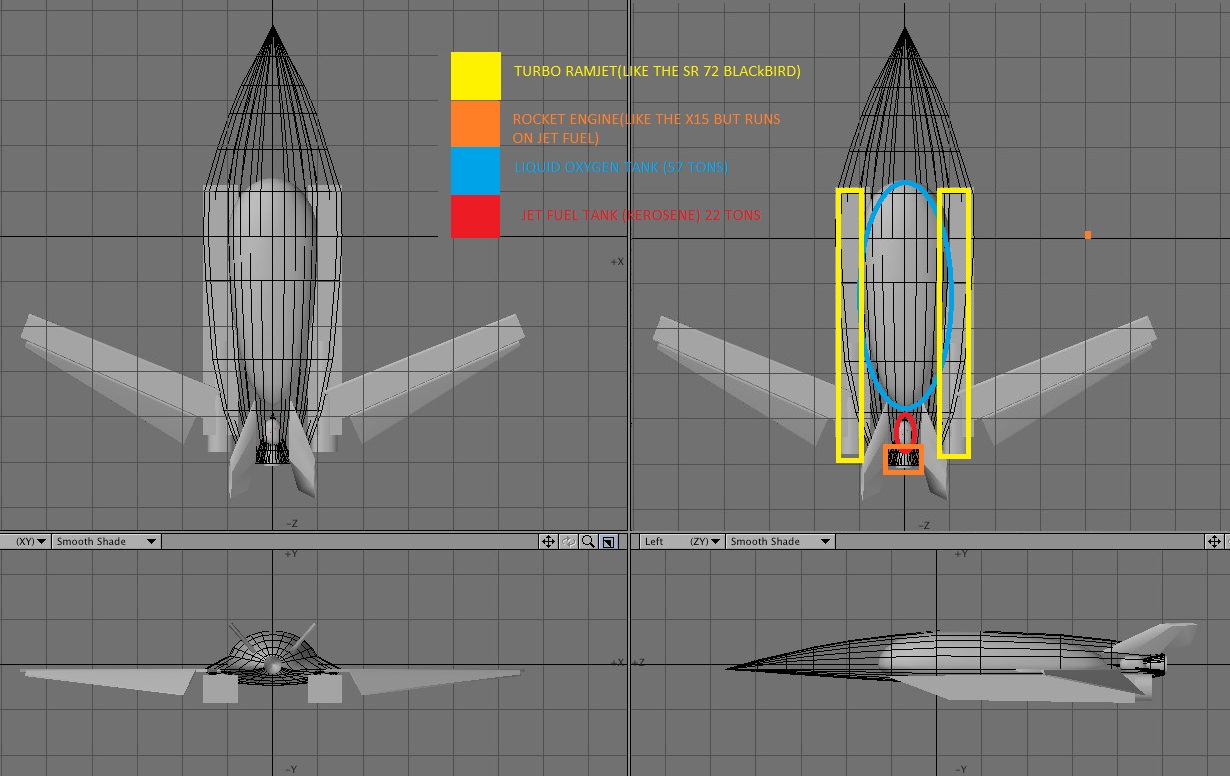

Much like the SR-72 the Arcjet also would have an air intake splitter to reroute airflow from jet to ramjet. Unlike the SpacePlane (space-plane.org) from The SpacePlane Corporation it uses regular jet fuel and has a seperate rocket instead of a totally combined cycle engine system.


